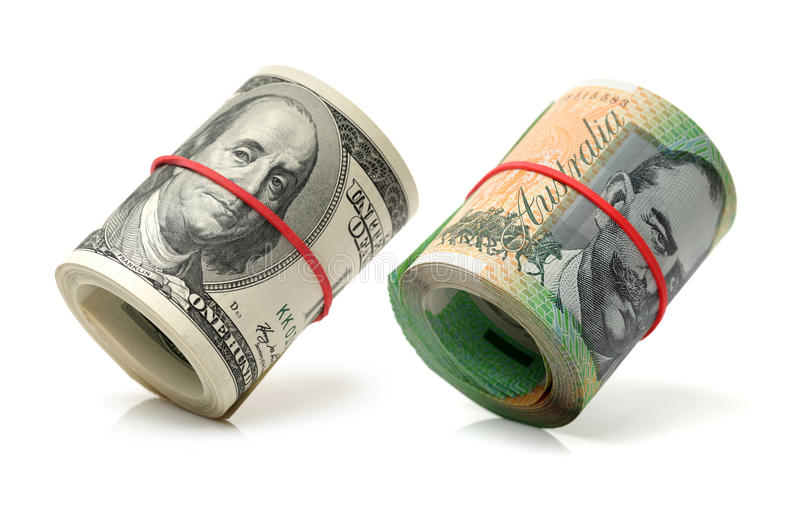Australian Dollar Rebounds as Treasury Yields Retreat
The Australian Dollar (AUD) regained momentum against the US Dollar (USD) on Friday, reversing prior session losses. This resurgence largely fueled by a retreat in US Treasury yields and deepening concerns over America’s ballooning fiscal deficit. The AUDUSD pair rose above 0.6650, extending gains as markets digested a growing divergence in monetary policy and fiscal trajectories between the United States and Australia.
The yield on the benchmark 30-year US Treasury bond fell to 5.03%, down from its 19-month high of 5.15%. This easing of long-term borrowing costs reflects increasing investor caution over the US government’s fiscal outlook after the passage of President Donald Trump’s controversial “One Big Beautiful Bill”, which the Congressional Budget Office (CBO) estimates will widen the deficit by $3.8 billion.
RBA Cuts Rates, Maintains Dovish Guidance
Earlier in the week, the Reserve Bank of Australia (RBA) executed a 25-basis-point rate cut, reducing its Official Cash Rate (OCR) to 3.85%. This move marks the central bank’s renewed effort to boost a slowing domestic economy and manage inflationary expectations.
RBA Governor Michele Bullock reiterated a dovish tone in her post-meeting comments, emphasizing that the central bank remains open to further rate cuts if warranted. She described the decision as a proactive measure aimed at providing economic support amid softening consumer demand and global uncertainty.
While rate cuts typically pressure a currency, the Australian Dollar remained surprisingly resilient, suggesting that broader market dynamics—particularly US Dollar weakness—are playing a more dominant role in shaping near-term price action.
US PMI Bounce Temporarily Buoys the Greenback
The Australian Dollar’s advance followed a brief pullback on Thursday, when stronger-than-expected US economic data initially propped up the USD. S&P Global’s Purchasing Managers’ Index (PMI) reports revealed a rebound in business activity:
- Composite PMI rose to 52.1 in May from 50.6 in April.
- Manufacturing PMI climbed to 52.3, a significant jump from 50.2.
- Services PMI also edged up to 52.3 from 50.8.
These readings suggest the US economy remains on solid footing, particularly in the services sector. However, the positive impact on the Dollar short-lived, as attention quickly turned back to structural fiscal concerns and geopolitical risk.
Trump’s Budget Push Raises Alarm on US Deficit Trajectory
One of the most significant drivers of recent USD weakness is the passage of Trump’s budget through the House of Representatives. The bill includes tax breaks for tipped workers and US-made vehicle loans, provisions that analysts warn could further inflate the national debt and undermine long-term fiscal sustainability.
According to the CBO, US federal debt is projected to surge to 134% of GDP by 2035, compared to 98% in 2023. The budget deficit is expected to widen to 9% of GDP, largely due to mounting debt-servicing costs, aging entitlement programs, and declining tax revenues.
These grim projections prompted Moody’s to downgrade the US credit rating from Aaa to Aa1, following in the footsteps of Fitch (2023) and Standard & Poor’s (2011). The downgrade added fuel to the bearish sentiment surrounding the US Dollar and raised questions about the government’s ability to manage future crises or invest in growth.
Fed Caught Between Strong Data and Fiscal Instability
Despite signs of resilience in the US economy, the Federal Reserve finds itself in a challenging position. Fed Governor Christopher Waller addressed the market’s growing focus on fiscal policy, noting that if tariffs remain elevated—possibly around 10%—the Fed may still have room to cut interest rates later this year.
The Fed’s balancing act between managing inflation, supporting growth, and maintaining financial stability is complicated by rising long-term yields, partisan budget battles, and global economic uncertainties. As such, rate cut expectations are starting to build into year-end pricing, further weakening the USD.
Australian PMI Mixed but Outlook Remains Constructive
Australia’s domestic data was more mixed. Manufacturing PMI for May held steady at 51.7, suggesting modest expansion in the industrial sector. However, Services PMI slipped to 50.5 from 51.0, while Composite PMI eased to 50.6.
Despite the slight decline, the figures remain in expansionary territory, indicating the economy is still growing—albeit at a slower pace. The RBA’s rate cut may help bolster demand going into Q3, particularly if paired with stable external demand from key trading partners.
US-China Trade Truce Lifts Risk Sentiment and Australian Dollar
Another source of support for the Aussie has been renewed optimism around US-China trade relations. A 90-day truce has reportedly been agreed upon, allowing for negotiations on tariffs and tech access to resume. This temporary cooling of tensions helped lift risk-sensitive currencies like the Australian Dollar.
Further bolstering market sentiment were comments from US Treasury Secretary Scott Bessent, who said the Trump administration plans to implement tariffs only on partners that fail to negotiate in “good faith.” This suggests a more targeted and strategic approach, reducing fears of an all-out global trade war.
Australian Political Shifts Add Volatility, But May Boost Policy Clarity
Domestically, political developments in Australia added a layer of uncertainty to the Australian Dollar outlook. The National Party withdrew from its coalition with the Liberal Party, effectively disbanding the opposition and allowing the ruling Labor Party to retake control.
With the Labor government now holding a stronger mandate, markets are anticipating a clearer and more expansive fiscal agenda, focused on infrastructure, social services, and climate policy. If executed effectively, such policies could help counterbalance the economic drag from global headwinds and support medium-term demand for the Australian Dollar.
Technical Outlook: Australian Dollar Builds Bullish Momentum
Technically, the AUDUSD pair has cleared a key resistance zone near 0.6630–0.6650. Sustained buying could push the pair toward the next upside target at 0.6720, with a breakout above that level potentially opening the door to 0.6800.
On the downside, initial support sits at 0.6590, followed by 0.6525, the latter being the low from early May. As long as the pair remains above its 50-day moving average, the broader bias appears to favor further upside.
https://voiceoftraders.com/analysis/japanese-yen-gains-ground-on-hot-cpi-and-safe-haven-flows







